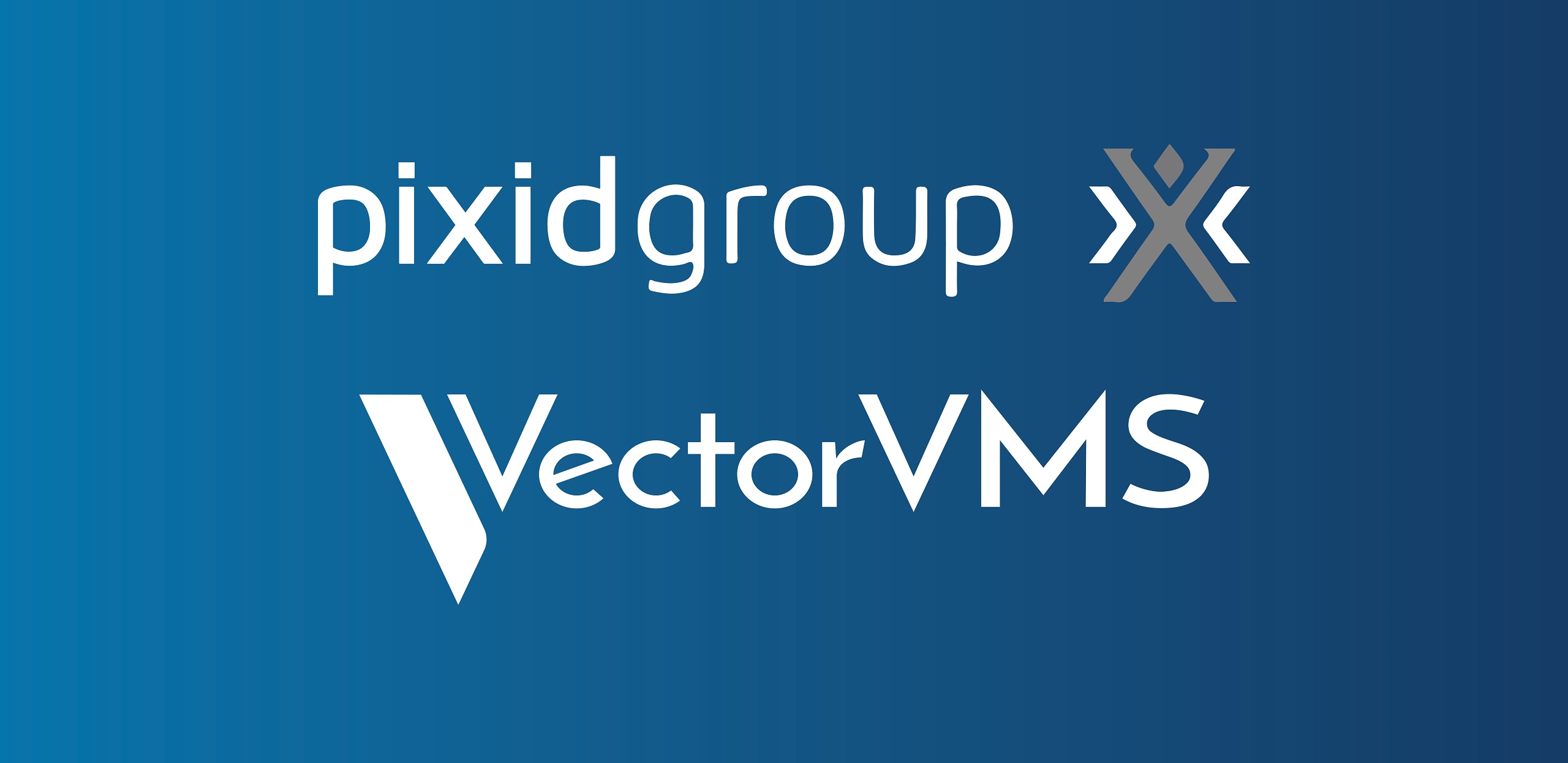This article is based on our latest guide, ‘A Buyer’s Guide to Vendor Management Technology’. In it, we highlight how to choose the right VMS provider for your organization. Learn how you can gain greater visibility and control over your contingent workforce by keeping considerations such as flexibility in the delivery model, compliance management capabilities, workflow configurability, and much more.
As the need for and use of contingent labor rises, the manual systems many companies use to manage their contingent workforce eventually prove to lack scalability and control. Transitioning from decentralized, manual processes to a single, centralized platform presents both an opportunity and a challenge.
To minimize the stress of change management, encourage adoption, and accelerate ROI, organizations should look for a VMS provider that offers these unique features:
- Technology that scales with your program
- Flexible delivery models
- Auditable compliance tracking
- Configurable workflows
- Experienced staff with standardized processes
- End-to-end business analytics and reporting
Let’s take a look at each one in detail.
YOU MIGHT ALSO LIKE | ‘What’s ‘In the Box’ With Any VMS?’
1) Technology That Scales With Your Program
Rolling out new technology is a big project. You’ll want to make sure the vendor management system you choose can scale with your program, getting it done right the first time while modeling a path for future rollouts. Consider whether the VMS can be rolled out in phases, such as by department or region, and ask yourself the following three questions:
- Can it accommodate statement of work (SOW) projects?
- What technologies integrate directly with the VMS?
- Is it available globally?
2) Flexible Delivery Models
When choosing a VMS, it’s important to consider how you plan to structure your program.
Are you looking for a technology that will enable your procurement or HR team to manage your contingent workforce in-house? Do you plan to engage a Managed Service Provider (MSP) to manage your entire program? And, will you outsource program elements such as billing and invoicing, rate rationalization, and vendor reviews?
Ideally, the technology you select will be flexible enough to evolve as your organization’s approach to contingent labor management changes over time.
It’s not uncommon for an organization to shift between managing its program entirely in-house, outsourcing entirely to an MSP, or adopting a hybrid model, where certain elements are managed internally and others are outsourced to a service provider.
If you plan on using one or more MSPs or other service providers, you’ll need:
- A supplier-agnostic platform that allows for role-based security access and personalized views
- To ensure that data access controls are in place
- To check that the system can produce custom reports that MSPs need to effectively support your program.
If a hybrid model is better suited for your organization’s needs, VectorVMS is the only VMS provider that offers tailored services to augment your in-house contingent workforce program team. For example, by adding Shared Managed Services (SMS) with your VectorVMS technology license, your organization gains access to experts in the solution you’ve selected—which can accelerate adoption and increase your ROI.
ALSO ON THE BLOG | ‘6 Benefits of a Hybrid Contingent Workforce Management Program’
3) Auditable Compliance Tracking
Regardless of the delivery model, selecting a vendor management system that can manage and track compliance directly in the application—from pre-engagement through disengagement—is imperative.
When assessing a candidate VMS, confirm that its compliance feature tracks:
- Onboarding items
- Offboarding items
- Position-specific requirements
- Location-specific requirements
Your VMS should give you a time-stamped, auditable record of when a background check was completed, a laptop was distributed, and all other requirements your contingent workers must meet.
It should also trigger alerts when a compliance item is due to expire. This functionality will enable you to ensure, for example, that your contingent workers’ certifications and licenses remain current throughout their entire engagement.
4) Configurable Workflows
Sourcing and onboarding/offboarding follow the same general process at most organizations, but nearly all organizations have one or more unique steps or requirements in their workflow.
Your VMS should automate and streamline that workflow, not change or dictate the way you work because of its limitations.
Look for a VMS solution that allows configuration at the data and process level, ideally without extensive service engagements with the provider or a significant burden on your in-house IT resources.
Workflow Elements That Require Configurability:
- Requisition templates
- Distribution
- System notifications
- Approvals
- Onboarding and offboarding compliance items
- Engagement workflow
- Time and expense logic
While your VMS provider should be able to help you adjust your configurations, you shouldn’t have to be reliant on them to make adjustments due to technology constraints.
HANDPICKED FOR YOU | ‘4 Ways Using a VMS Can Drive Down the Cost to Hire Your Extended Workforce’
5) Experienced Staff With Standardized Processes
When transitioning from manual tools to an automated and centralized system, experience matters.
It’s important to find a VMS provider that understands that process and can, based on experience, provide a streamlined and proven approach to defining processes and workflows, importing data from your currently distributed sources, and testing and validating the new VMS with stakeholders.
When looking for any new technology, vet your provider to ensure they have a standard process and methodology in place to manage your implementation.
The adoption of a vendor management system is a significant milestone for your organization. Screening vendors for their ability to ensure a true partnership is important. Also, your VMS will require adjusting over time. Ensure that your VMS team is a team you feel comfortable working with for years to come.
CONTINUE READING | ‘3 Reasons to Switch From Manual Processes to a VMS’
6) End-to-End Business Analytics and Reporting
For organizations that use spreadsheets to manage their contingent workforce program data, one of the most significant pitfalls is inaccurate reporting and lack of visibility into program metrics. Extracting data from spreadsheets is time-consuming, meaning your business analytics are already out of date before reports are submitted.
A vendor management system should solve this challenge with real-time analytics and robust business intelligence and reporting capabilities.
Look for a VMS that captures and analyzes data on the quality, efficiency, risk, and costs associated with your contingent labor program. Key criteria for selection must include a dynamic reporting engine that gives you:
- Preformatted, out-of-the-box reporting
- Ad hoc reporting
- Custom reports
- Scheduled or automated report delivery
Scorecards, time-to-fill analysis, rate comparisons, and compliance tracking are just some of the reports that will be critical to driving success in your program.
Choosing the right VMS for your business will ensure the success of your program. With the use of contingent labor rising, making sure you have an ally in the management and daily tasks through the right features and capabilities will give you short- and long-term visibility, and control over your processes and people.
Download the full buyer’s guide to find out how you can follow a thorough approach to selecting the right VMS vendor. Alternatively, reach out—we’re here to help you solve your contingent workforce management needs!
 Meet the Expert
Meet the Expert
Nikki Williams – Marketing Brand Manager
Nikki Williams is responsible for marketing strategy and implementation for VectorVMS. In her role, she helps contingent workforce professionals discover the value of a vendor management solutions through blogs, webinars, conferences, and more. Her goal is to ensure these professionals can quickly find answers to their questions about VMS technology. Nikki has more than 10 years of experience as a marketing professional for technology, including human resources technologies as well as leadership and organizational development services. Connect with her on LinkedIn.



